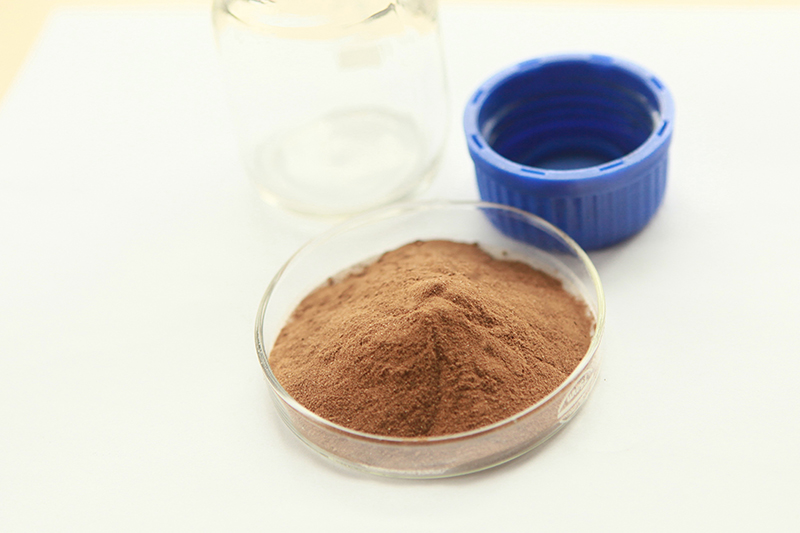Post Date: 27,Jun,2022
4. Retarder
Retarders are divided into organic retarders and inorganic retarders. Most of the organic retarders have a water reducing effect, so they are also called retarders and water reducers. At present, we generally use organic retarders. Organic retarders mainly slow down the hydration of C3A, and lignosulfonates can also delay the hydration of C4AF. Different compositions of lignosulfonates may exhibit different properties and sometimes cause false setting of cement.
The following problems should be paid attention to when using retarder in commercial concrete:
A. Pay attention to compatibility with the cementitious material system and other chemical admixtures.
B. Pay attention to changes in temperature environment
C. Pay attention to construction progress and transportation distance
D. Pay attention to the requirements of the project
E. Attention should be paid to strengthening maintenance when

The following problems should be paid attention to when using retarder in commercial concrete:
A. Pay attention to compatibility with the cementitious material system and other chemical admixtures.
B. Pay attention to changes in temperature environment
C. Pay attention to construction progress and transportation distance
D. Pay attention to the requirements of the project
E. Attention should be paid to strengthening maintenance when


Sodium sulfate is a white powder, and the suitable dosage is 0.5% to 2.0%; the early strength effect is not as good as that of CaCl2. The early strength effect of slag cement concrete is more significant, but the later strength decreases slightly. The dosage of sodium sulfate early-strength agent in prestressed concrete structures shall not exceed 1%; the dosage of reinforced concrete structures in humid environments shall not exceed 1.5%; the maximum dosage shall be strictly controlled.
Deterioration; "hoarfrost" on the concrete surface, affecting the appearance and finish. In addition, sodium sulfate early strength agent shall not be used in the following projects:
a. Structures in contact with galvanized steel or aluminum iron and structures with exposed steel embedded parts without protective measures.
b. Reinforced concrete structures of factories and electrified transport facilities using DC power.
c. Concrete structures containing reactive aggregates.
Post time: Jun-27-2022






